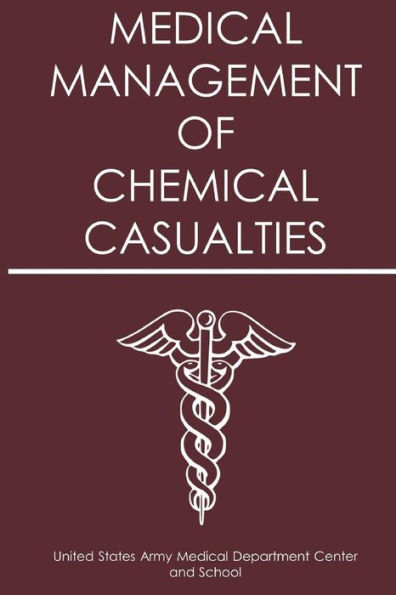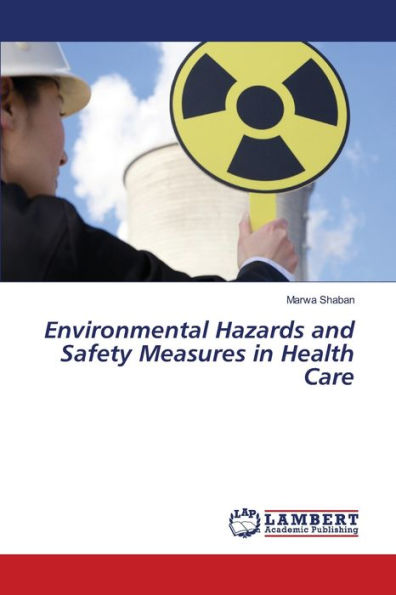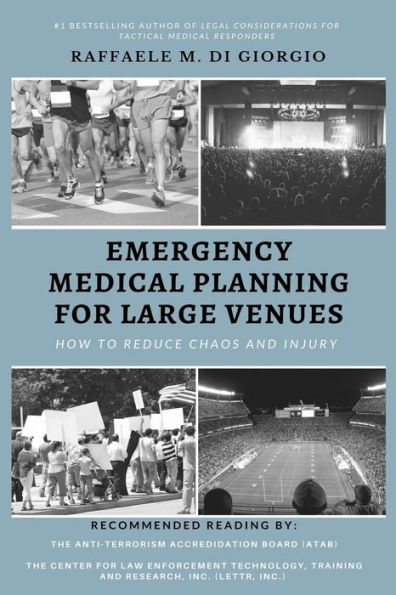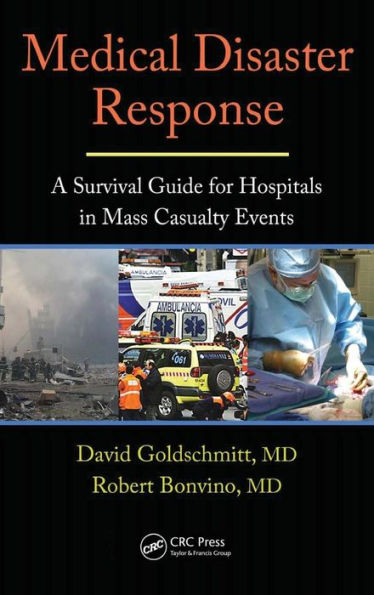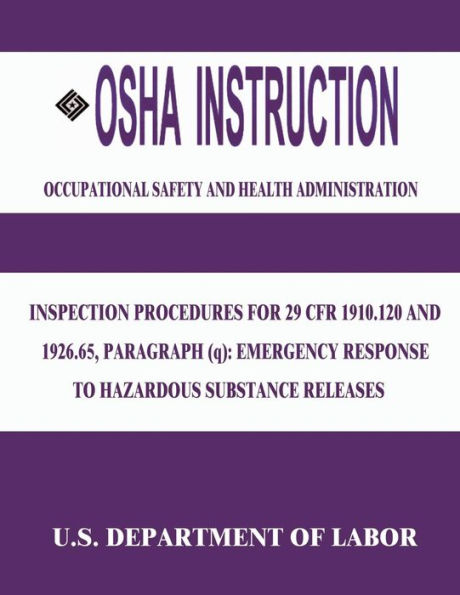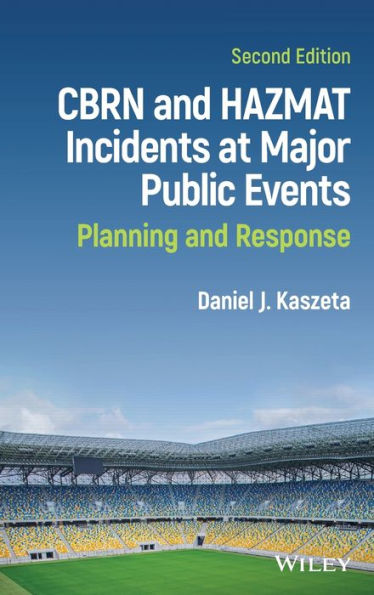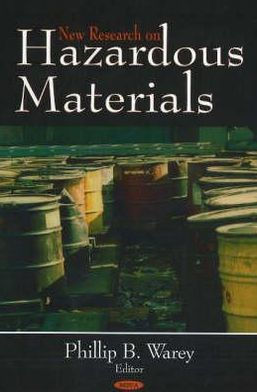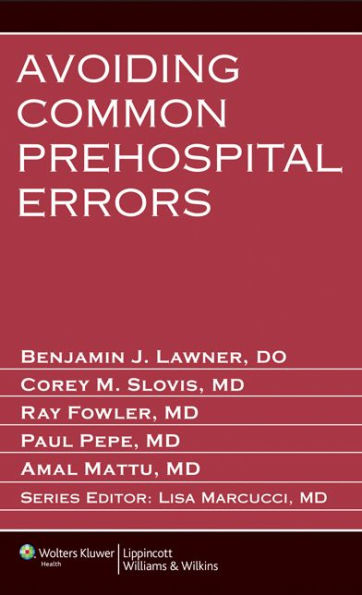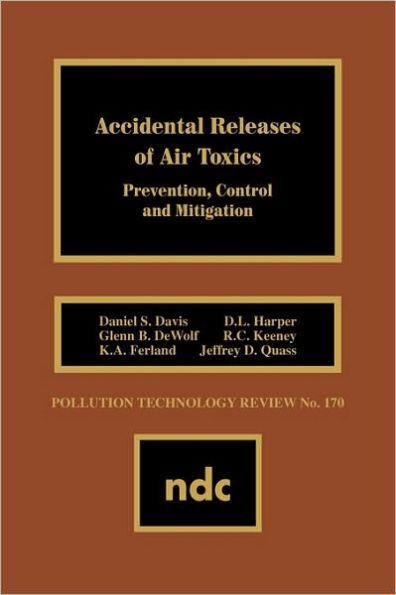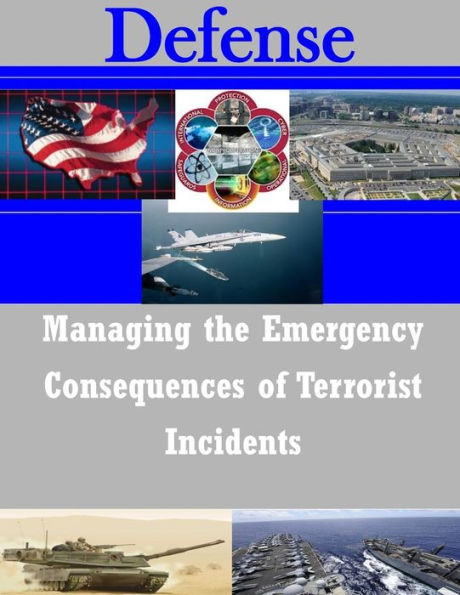Home
Best Practices for Hospital-Based First Receivers of Victims from Mass Casualty Incidents Involving the Release of Hazardous Substances


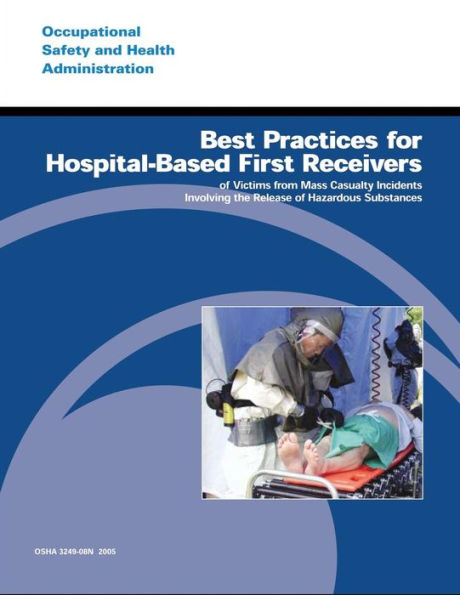
Best Practices for Hospital-Based First Receivers of Victims from Mass Casualty Incidents Involving the Release of Hazardous Substances
Current price: $16.79
Loading Inventory...
Size: OS
Healthcare workers risk occupational exposures to chemical, biological, or radiological materials when a hospital receives contaminated patients, particularly during mass casualty incidents. These hospital employees, who may be termed first receivers, work at a site remote from the location where the hazardous substance release occurred. This means that their exposures are limited to the substances transported to the hospital on victims' skin, hair, clothing, or personal effects. The location and limited source of the contaminant distinguishes first receivers from other first responders (e.g., firefighters, law enforcement, and ambulance service personnel), who typically respond to the incident site (i.e., the Release Zone). In order to protect their employees, hospitals benefit from information to assist them in emergency planning for incidents involving hazardous substances. Emergency first responders, at the site of the release, are covered under OSHA's standard on Hazardous Waste Operations and Emergency Response (HAZWOPER), or the parallel OSHA-approved State Plan standards, and depending on their roles, some hospital employees also are covered by the standard. However, OSHA recognizes that first receivers have somewhat different training and personal protective equipment (PPE) needs than workers in the hazardous substance Release Zone, a point clarified through letters of interpretation. In this best practices document, OSHA provides practical information to help hospitals address employee protection and training as part of emergency planning for mass casualty incidents involving hazardous substances. OSHA considers sound planning the first line of defense in all types of emergencies (including emergencies involving chemical, biological, or radiological substances). By tailoring emergency plans to reflect the reasonably predictable "worst-case" scenario under which first receivers might work, the hospital can rely on these plans to guide decisions regarding personnel training and PPE. The Joint Commission on Accreditation of Healthcare Organizations (JCAHO) requires an all-hazard approach to allow organizations to be flexible enough to respond to emergencies of all types, whether natural or manmade (unintentional or intentional).
